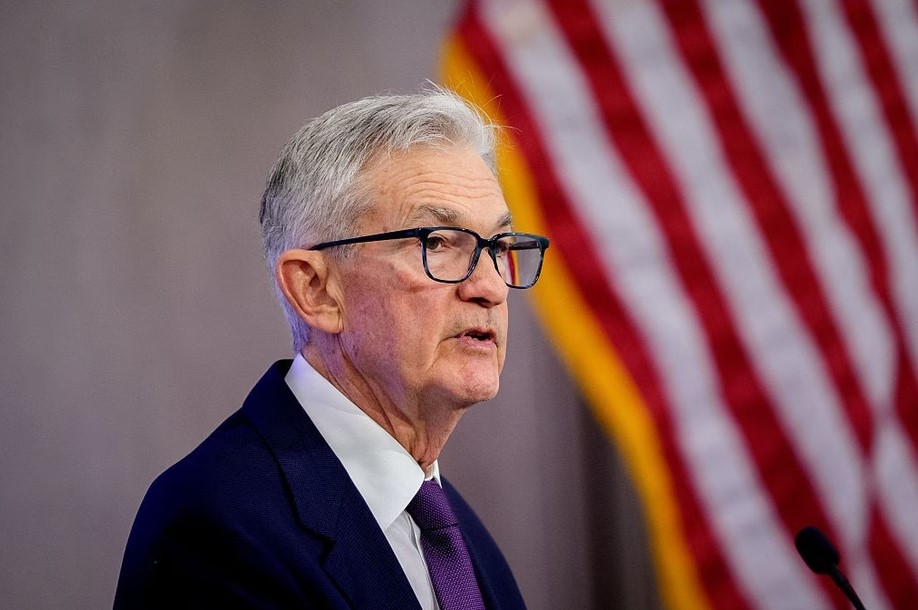Published by REALTOR.com | May 15, 2025
Fed Chair Powell has suggested that policymakers are revising their view of longer-term interest rates upward.
Federal Reserve Chair Jerome Powell has warned that longer-term interest rates will likely remain higher due to the risk of “volatile” inflation, in another sign that homebuyers should curb their expectations for mortgage rate relief.
Speaking at a conference in Washington, DC, on Thursday, Powell suggested that Fed policymakers are revising their view of longer-term interest rates upward, and that a return to near-zero rates is unlikely barring a recession.
“Many estimates of the longer-run level of the policy rate have risen, including those in the summary of economic projections,” said Powell, referring to the “dot plot” of rate forecasts issued by Fed policymakers.
“Higher real rates may also reflect the possibility that inflation could be more volatile going forward than in the inter-crisis period of the 2010s,” when the federal funds rate topped out at 2.5%, he added.
The Fed has held its benchmark rate steady at an upper limit of 4.5% since December, during which time mortgage rates have remained in a narrow range from 6.6% to 7%.
“The rise in real interest rates has a direct impact on mortgage rates, which are influenced by long-term Treasury yields,” says Realtor.com® senior economist Jake Krimmel. “As yields climb, mortgage rates follow suit. And higher real interest rates, in general, mean mortgage rates will stay higher, too.”
Powell’s comments hinted that the Fed aims to set its neutral rate higher than in the past, in order to leave itself breathing room to respond to economic slowdowns without becoming stuck near zero and stoking runaway inflation.
“We may be entering a period of more frequent and potentially more persistent supply shocks, a difficult challenge for the economy and for central banks,” he said. “While our policy rate is currently well above the lower bound, in recent decades, we have cut the rate by about 500 basis points when the economy is in recession.”
In 2020, the Fed slashed interest rates to near zero in response to the COVID-19 pandemic. Then, a period of historic inflation forced the central bank to aggressively raise rates, before dialing them back last fall.


